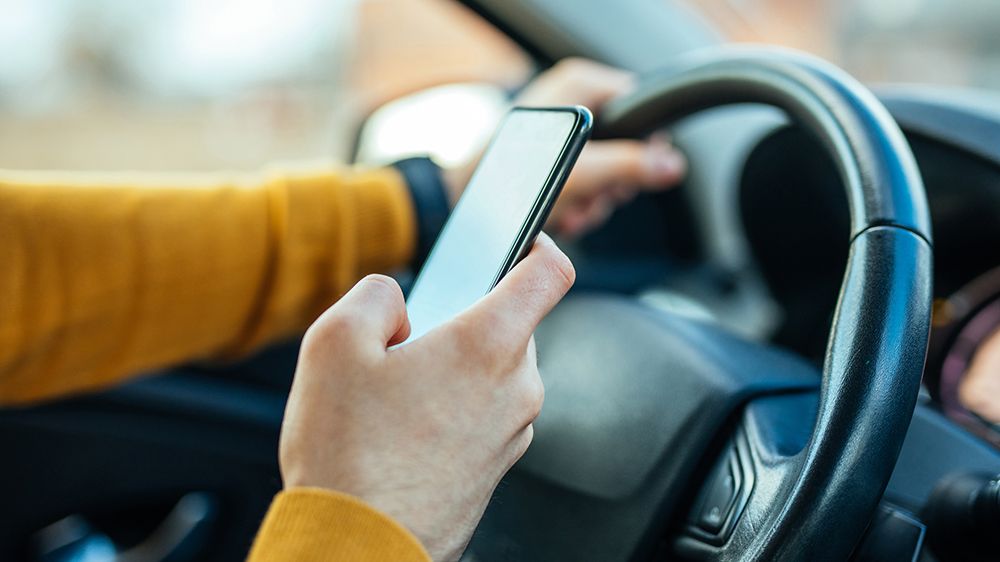COLUMBUS, Ohio — Gov. Mike DeWine in collaboration with the Ohio Department of Public Safety, Ohio State Highway Patrol and Ohio Department of Transportation launched a statewide public awareness campaign to bring attention to Ohio’s strengthened distracted driving laws.
The new campaign encourages drivers to "Lock Your Screen Before You Rock the Road" and uses a new website, billboards, posters, fact sheets, presentation slides, tip cards and several media advertisements.
The Ohio Department of Transportation is also installing signs across the state, including near the state border on interstate roads and at exits from airports in major cities.
"Distracted driving crashes aren't accidents, they're the result of drivers who make the choice to divert their attention away from the road and risk their lives and the lives of everyone around them," said DeWine. "Far too many people have been seriously injured and killed in Ohio because of poor choices behind the wheel, and we are certain that this new law will influence positive changes in behavior and save lives as a result.”
The new law designates the use of cell phones or other similar devices while driving as a primary traffic offense for all drivers. This allows law enforcement to immediately pull that driver over.
Under the previous law, distracted driving was only a primary offense for juvenile drivers, preventing officers from stopping adult distracted drivers unless they committed a different primary traffic violation.
“There’s nothing that you’ve ever done on your phone at any point in time that is worth killing somebody for,” said Leah Fullenkamp, whose husband was killed in 2018 when his vehicle was rear-ended by a driver who was online shopping.
Research from Nationwide Insurance found that 42% of Ohio drivers admit making a phone call while driving, 25% admit to texting while driving, 10% have video chatted, and 5% have watched TV or a movie while driving.
“This goes beyond just texting. We’re now seeing drivers watching videos, updating social media, and browsing the web. When a driver chooses to look at their phone, they are impacting every single person on the roadway,” said Ohio Department of Transportation Director Jack Marchbanks.
According to the Ohio State Highway Patrol, distracted driving has caused more than 60,000 crashes and more than 200 deaths in Ohio over the past five years. These numbers are believed to actually be much higher due to underreporting.
“There is nothing worse than having to knock on a door and inform someone that their loved one isn’t coming home. We know distracted driving is dangerous, and we are hopeful that this new law will be a reminder of that,” said Ohio State Highway Patrol Superintendent Colonel Charles Jones.
The law is a part of Senate Bill 288, sponsored by State Sen. Nathan Manning, R-Ridgeville, and signed into law by Dewine earlier this year.
There is a six-month grace period in which officers will issue warnings in order to educate drivers about the change. On Oct. 4, officers will begin issuing tickets for violations.
“This new law is about changing behavior,” said Andy Wilson, director of the Ohio Department of Public Safety. "Drivers need to be more responsible for their own safety and to keep from harming others on our roads.”
There are some exceptions to the law for adults. Adult drivers are allowed to use a hands-free device to make or accept calls, use GPS if navigation began before getting on the road, and to hold their phone directly to their ear if the device is activated with a single touch or swipe. They are also allowed to use devices while stopped at a traffic light or parked on a road during an emergency or road closure.
All drivers are allowed to use phones at any time to report an emergency to first responders.



